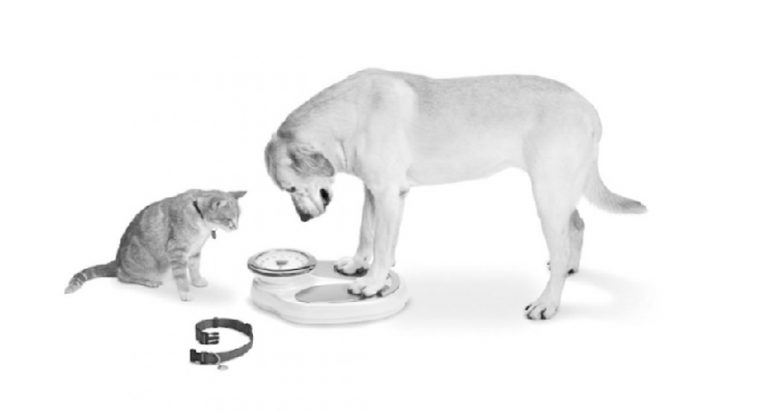Our love of all things furry has deep roots in human evolution and may have even shaped how our ancestors developed language and other tools of civilization.
This “animal connection” compelled humans to learn about and care for fellow creatures, said Pat Shipman, a paleoanthropologist at Penn State University. She added that the behavior seems highly abnormal for other animals on the rare occasions that, say, captive tigers nurture pigs or vice versa.
“The animal connection runs through the whole [human history] and connects the other big evolutionary leaps, including stone tools, language and domestication,” Shipman explained. “Instead of being isolated discoveries, there’s a theme here. It’s very deep and very old.”
Such nurturing behavior also paid off when humans learned to harness animals as living tools rather than just as food or companions. That allowed people to essentially use the evolutionary advantages of dogs, cats, horses and other animals for themselves.
The seemingly unique human tendency still persists in modern societies–for instance, more U.S. households have pets than have children.
Often you will see homeless people on the streets with pets, and people in dire circumstances keeping pets. That suggests there’s something humans get out of it, which must be pretty old.
Humans may have begun honing the animal connection after they made the leap from prey (think saber-tooth tigers sinking their fangs into our ancestors) to competitive hunter. That change grew from the development of tools and weapons (to defend oneself) starting around 2.6 million years ago.
Once you undergo that funny ecological transition that hardly any other animal has made, you have double the advantage if you become extremely alert and extremely observant of what other animals are doing, where they are, how they move, how they communicate with each other,
Next, the need to communicate that knowledge about the behavior of prey animals and other predators drove the development of symbols and language around 200,000 years ago. For evidence, consider the early symbolic representations of prehistoric cave paintings and other artwork that often feature animals in a good amount of detail. By contrast, that crucial survival information about making fires and shelters or finding edible plants and water sources was lacking. “All these things that ought to be important daily information are not there or are there in a really cursory, minority role,” Shipman noted. “What that conversation is about are animals.”
Of course, much evidence is missing, because “words don’t fossilize,” and that language may have arisen many times independently and died out before large enough groups of people could keep it alive.
The third major evolutionary leap took place around 40,000 years ago, when humans began domesticating animals by selectively breeding them for certain traits. But it could be that the common explanation–humans wanted domesticated animals for food–has the story backwards.
It takes a very long time to domesticate animals, to actually do it for the motivation of getting food, you’d have to be planning at a ridiculous time depth. Besides, killing a deer in the woods gets the same amount of meat as killing a deer in a fenced area, so something else must have driven humans to corral or keep animals in the first place.
Furthermore, the earliest known domesticated animal was not a delicious porker, but man’s best friend. It was humans’ strong connection with animals, rather than a desire for food, as the more likely explanation for why people decided to keep dogs around.
If you look at all the domesticated animals, they often get eaten some time at the end of their life, but they also provide all these renewable resources all their lives.
Such resources include cow’s milk for sustaining babies and adults alike, as well as fur or wool for making clothing or other items. Domesticated animals also have helped humans pull or carry goods. They have revolutionized transportation and exploration, not to mention carried humans into battle and changed the face of warfare.
The animal connection’s transformation of formerly wild beasts into living tools gave humans a decisive edge in adapting to new environments and using the evolutionary advantages of animals for themselves.
For instance, humans living in arid regions domesticated hardy camels as reliable mounts and cargo-carriers that could survive long periods without water. In other words, humans gained an evolutionary shortcut. If you have a dog that can hunt, you don’t need to turn into a fast-moving animal with sharp teeth. If you’re storing grains known to attract rodents you don’t need to evolve claws and an intense focus to kill rats because you have cats that do it for you.
Shipman eventually hopes to explore her hypothesis in a book. Until then, she continues to look for more prehistoric evidence.
She also admits that some people simply don’t harbor any real affection for animals, which makes sense given natural variability in populations. But the widespread nurturing of animals across practically all cultures suggests something powerful cultivated the animal connection. “People who are really devoted to pets or raise livestock, a lot of them get this deep in their bones,” Shipman said.





